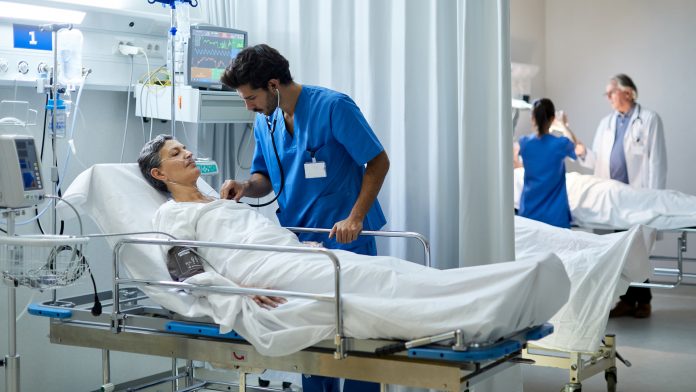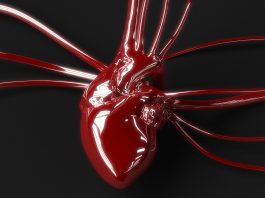Researchers led by the University of Pittsburgh (UoP), USA, have received a $1.1m award from the National Institutes of Health to improve the bioscaffolds used in arterial bypass grafts to treat one of the most common causes of death, coronary heart disease.
The team will examine the best combinations of active ‘payloads’ and scaffold to develop an alternative treatment for those suffering from coronary heart disease, which is traditionally treated using vessels harvested from a patient’s own chest or leg.
Coronary heart disease damages arteries that carry blood, oxygen, and nutrients to the heart. Surgeons typically replace damaged vessels with healthy autologous ones that are harvested from a different part of the patient’s body, but according to Dr David Vorp, the Associate Dean for Research at the University of Pittsburgh Swanson School of Engineering, they are not an ideal substitution.
Vorp said: “Autologous vessels are not ideal in that they are limited in number and/or are not naturally designed to function as an artery. They have been the gold standard in bypass grafts, but in recent years, companies have begun clinical testing on tissue-engineered vascular grafts (TEVGs) developed in research labs like ours.”
The UoP team has developed a TEVG based on mesenchymal stem cells (MSCs), which both inhibits blood clots on the implanted TEVG and employs host immune cells to participate in the regeneration process. MSCs are adult stem cells most often derived from a patient’s bone marrow.
A successful TEVG will grow and remodel into a native-like artery. It consists of a scaffold that provides a framework for seeded cells, which when given environmental cues, will promote tissue regeneration. In this project, Vorp and his collaborators will examine a variety of successful ‘payloads’ and scaffolds to determine which combinations work best.
Vorp said: “Our previous work has focused on the ability of some of our payload and scaffold combinations to remodel into a successful TEVG when implanted as an aortic replacement graft in rats. This NIH Catalyze grant will now allow us to more rigorously optimise the grafts in the small animal model to narrow down the number of combinations to be tested in a large animal model.”









